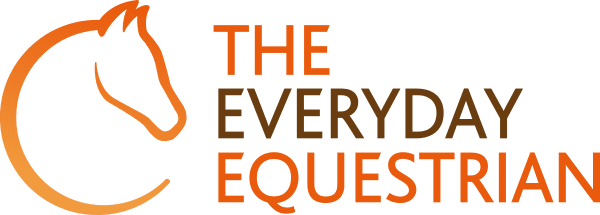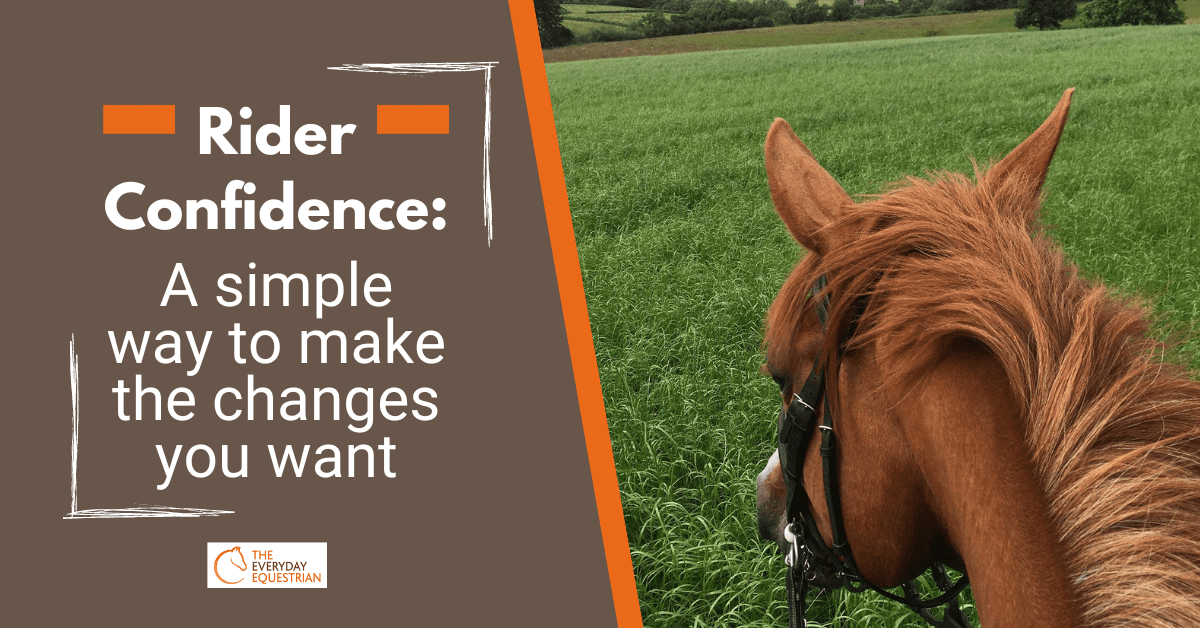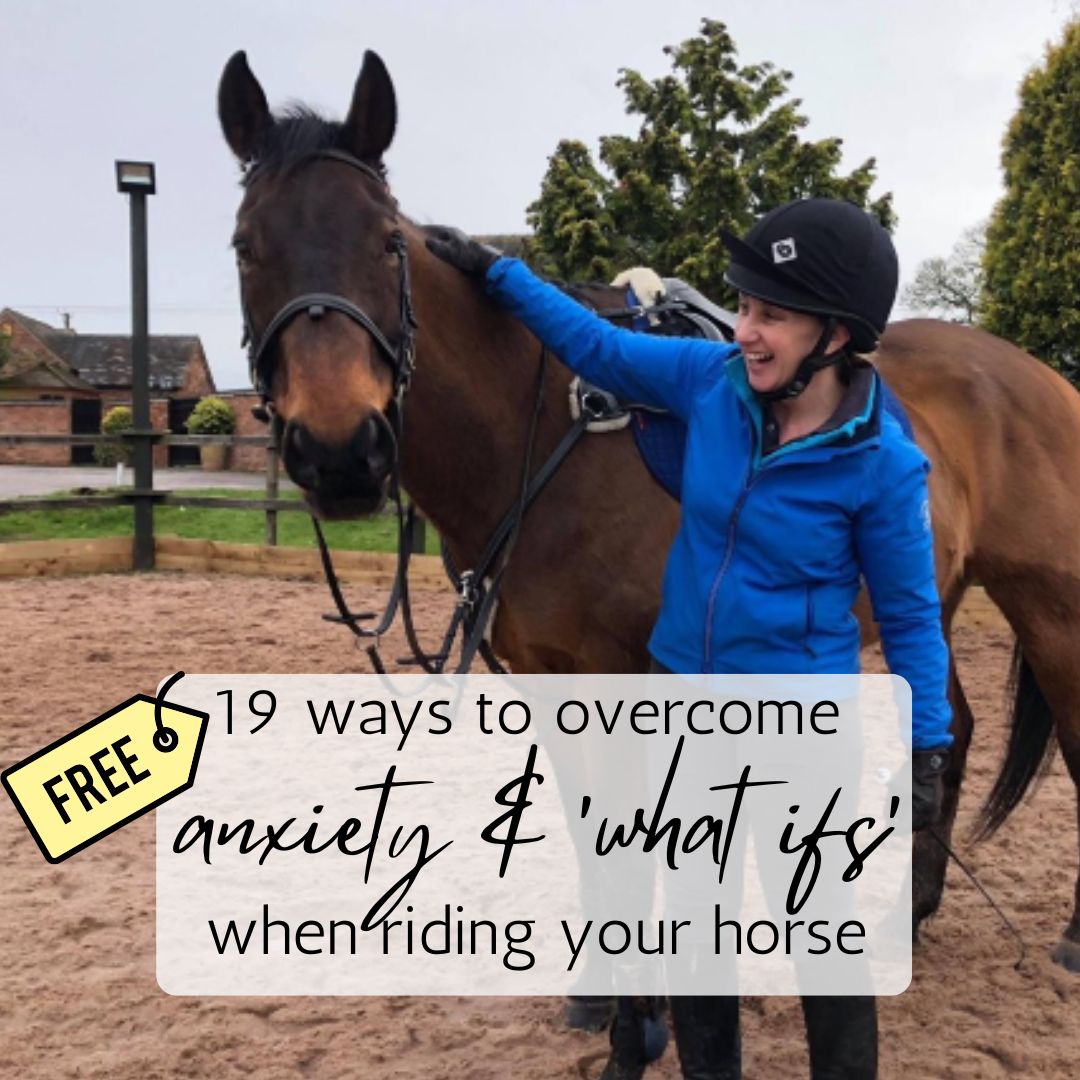In this article, I’m going to share one of the simplest and effective tools that you can use to shift your mindset, to start building your riding confidence on positive beliefs and positive evidence, and I think you’ll love it! So the concept, the idea, the task that I want to pose to you is something called ‘Start, Stop, Continue’.
When we’re working on building our confidence around riding, it’s easy to get stuck in the challenges, in the problems, in the blocks. This super simple exercise will help you take a step back from the challenges that you’re facing, and to help clarify your next steps.
This is a really simple way to evaluate what’s going on, to make some decisions about how to move forward, and to inform your planning around how you can make progress on the short, medium, or long term goals that you have around your riding.
How is this technique useful?
This is a really simple technique, which you can apply to absolutely anything in your life, and it works in a way to foster respectful, honest, and meaningful communication between people (and your horse!). The exercise will help you to get some real honest, open feedback on what’s working and what isn’t, and it helps facilitate a balanced reflection of strengths or good things that are happening, areas for development, and opportunities for progression for you and your horse, as they relate directly to your mission statement, your values around riding and your goals as well.
Step One
So let’s break this down… The question I want you to ask yourself is, what could I start doing right now that will help me on my way to becoming more confident, positive and more empowered as a rider?
I’d like you to list the things that you could do, the options available to you, and what could you do that would be beneficial to you and your horse? What are you not doing currently that you could restart, do more regularly, explore, or get some training or coaching around, that would help you build a better relationship with your horse or build your confidence? What could you start doing that would help you enjoy your riding more?
Step Two
Next, ask yourself, “what could I stop doing”? (Remember, this is not an opportunity to beat yourself up for doing things which aren’t helping you right now!)
I want you to ask yourself objectively, not emotionally, what could I stop doing that’s going to be helpful to me or my horse.
So what things are not currently working for you? Sometimes we carry on doing those things that are unhelpful, as a form of self sabotage and as a way of building a self-fulfilling prophecy that we never achieve our goals because we can’t because of X, Y, Z, which then becomes a limiting belief.
What unhelpful habits will you stop reinforcing? What opportunities and possibilities would open up if you could stop doing that thing, whatever it might be.
I want you to ask yourself the question, “what could I stop doing” in an objective, non-judgmental way, because ultimately we are trying to let go of those habits and those things that we do either physically or in our mind, which get in our way.
Step Three
The third question I’d like you to reflect on is “what could I continue doing, that is helping me become more confident?”.
Think about those things that are constructive, that you’re doing already, that are really helping you to make progress towards your short, medium or long term goals. You can apply this across anything in your life, but in terms of your riding confidence and mindset, what will you continue doing to keep improving how much you enjoy and find fulfilment in riding? Consider also how you will make these continual processes an automatic part of your daily routine; 1% improvements each and every day inevitably add up to huge transformations over time.
It can be so powerful to actually jot down your answers and your thoughts in response to these three steps, and once you start writing, I’m sure there’ll be other things which open a door to lots more information and thoughts and considerations, which will help you on your path to becoming a more resilient and confident rider.
I’d love to hear from you in the comments below, if you’ve found this useful or if you have any questions! I originally shared this technique with members of my Crack the Confidence Code Membership, during one of my weekly live training sessions with the group, so if you’d like to get help with growing YOUR riding confidence so you can go and do all of those amazing things you dream of with your horse, then click HERE to join my awesome community.


